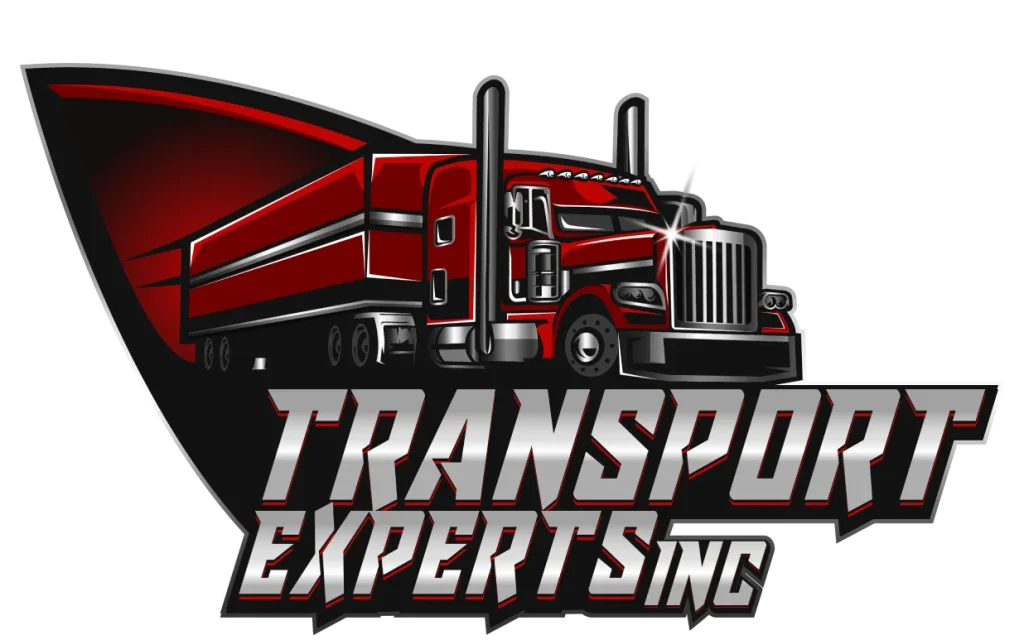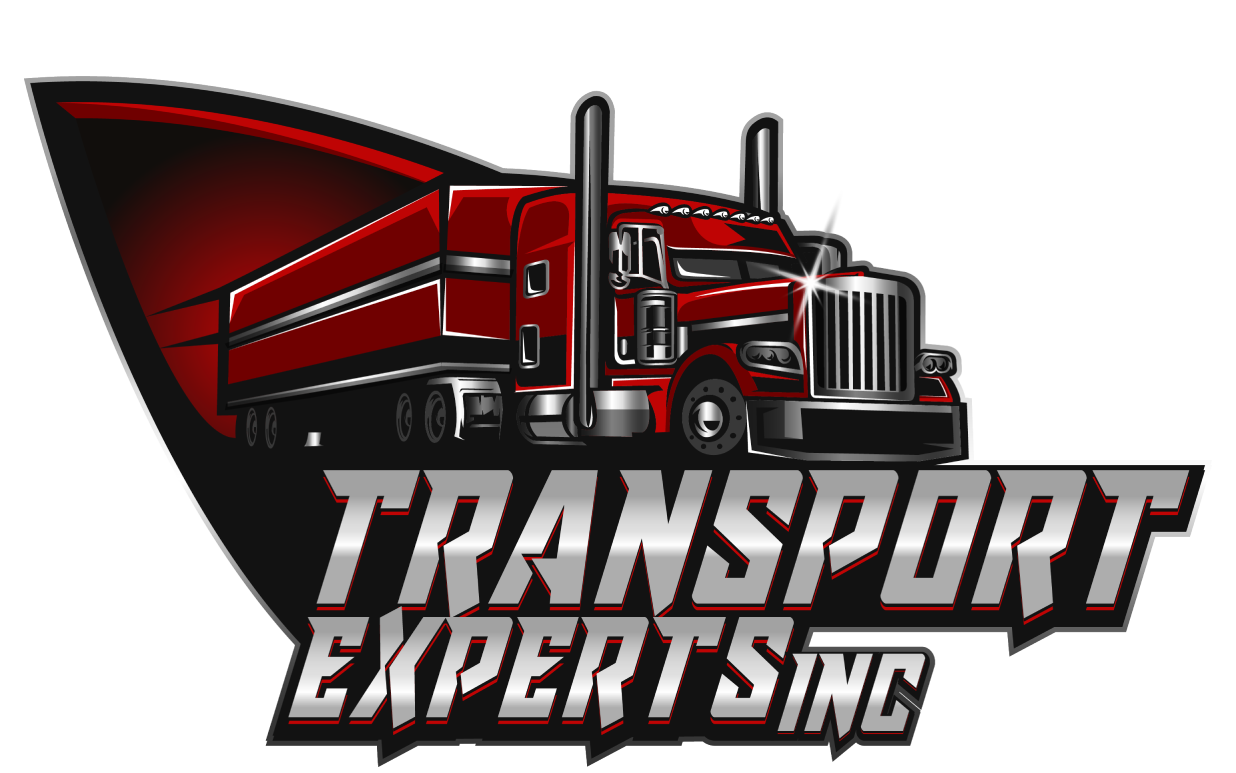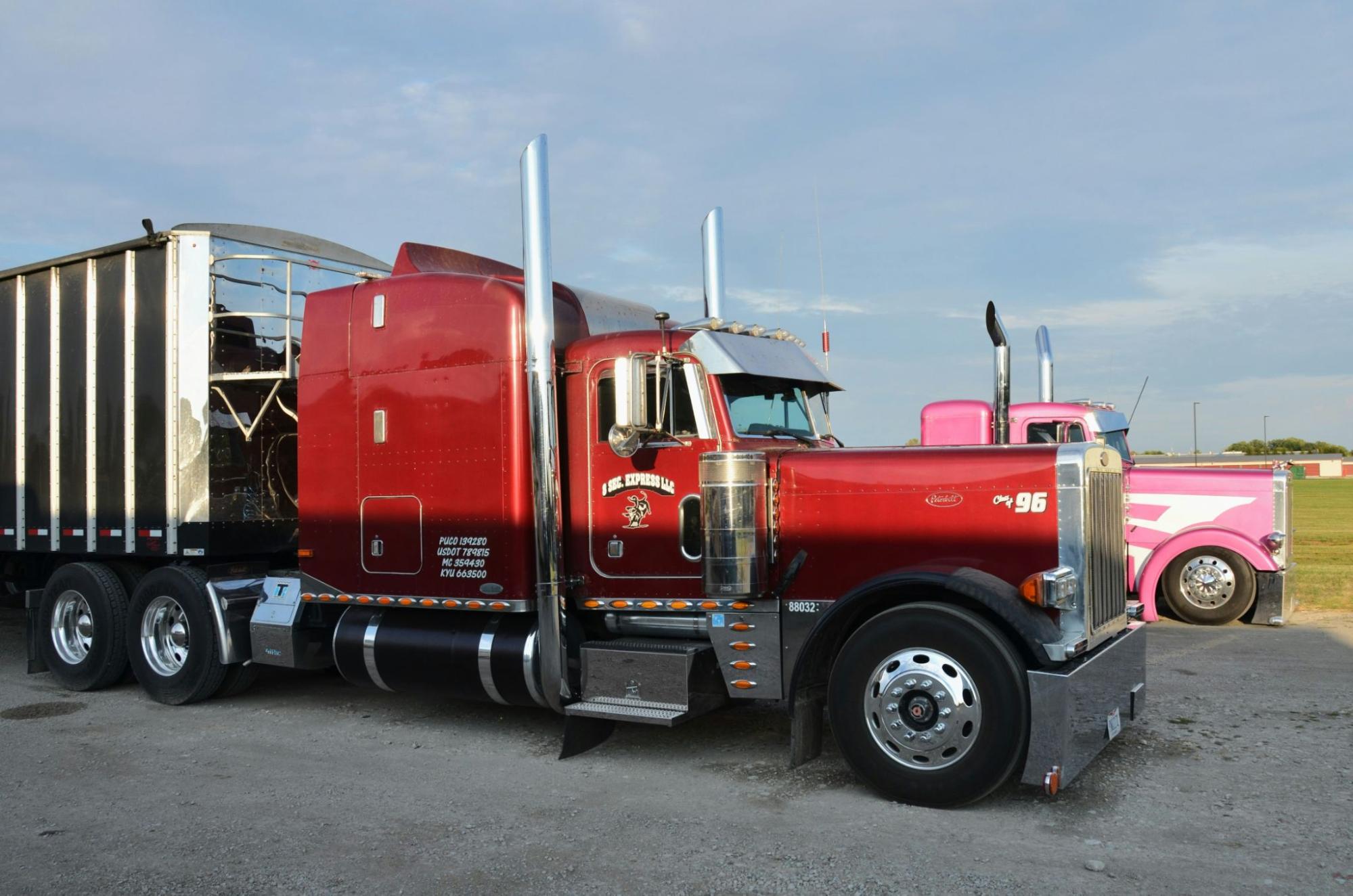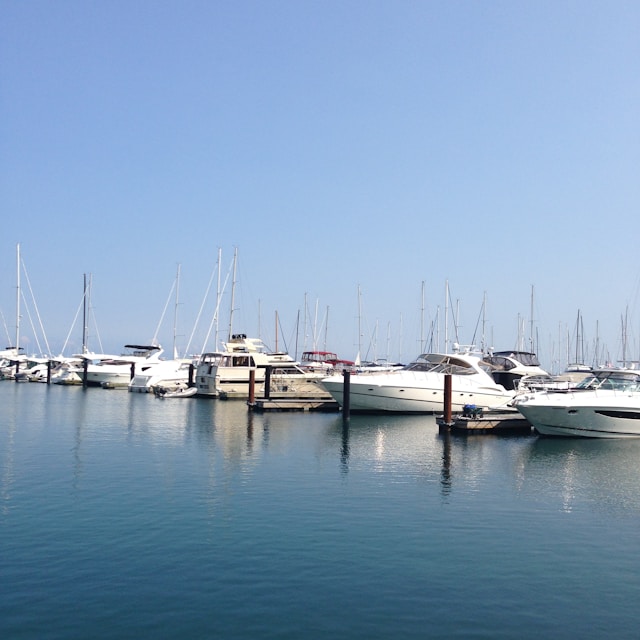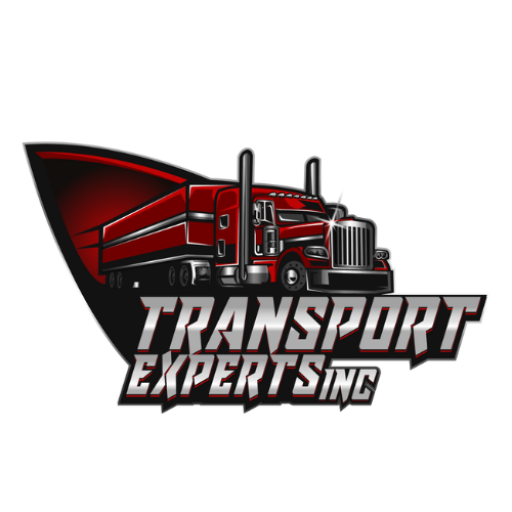Let’s be real in the world of freight transport, no two shipments are ever alike. One day you might be moving neatly packed pallets of products, and the next, you’re figuring out how to haul a 20‑ton excavator or a massive wind turbine blade that doesn’t fit in any standard trailer.
That’s where the step deck trailer or drop deck trailer steps in. It’s built to do what a regular flatbed simply can’t: safely move tall, oversized, or awkward freight without the hassle of extra permits or complicated setups.
As global supply chains keep expanding and industries push the limits of size and capacity, step decks have become the go‑to solution for smart transport managers. From construction and agriculture to heavy manufacturing and renewable energy, these trailers make life easier, keeping schedules on track and cargo secure.
In this guide, we’ll break down everything you need to know about step deck trailers how they’re designed, what kind of cargo they handle best, and why they’ve become such a game‑changer for specialised hauling.
By the end, you’ll have a clear picture of why so many logistics experts swear by them and how choosing the right trailer can save time, money, and a lot of trouble on the road.
What is a Step Deck Trailer? Key Features and Design
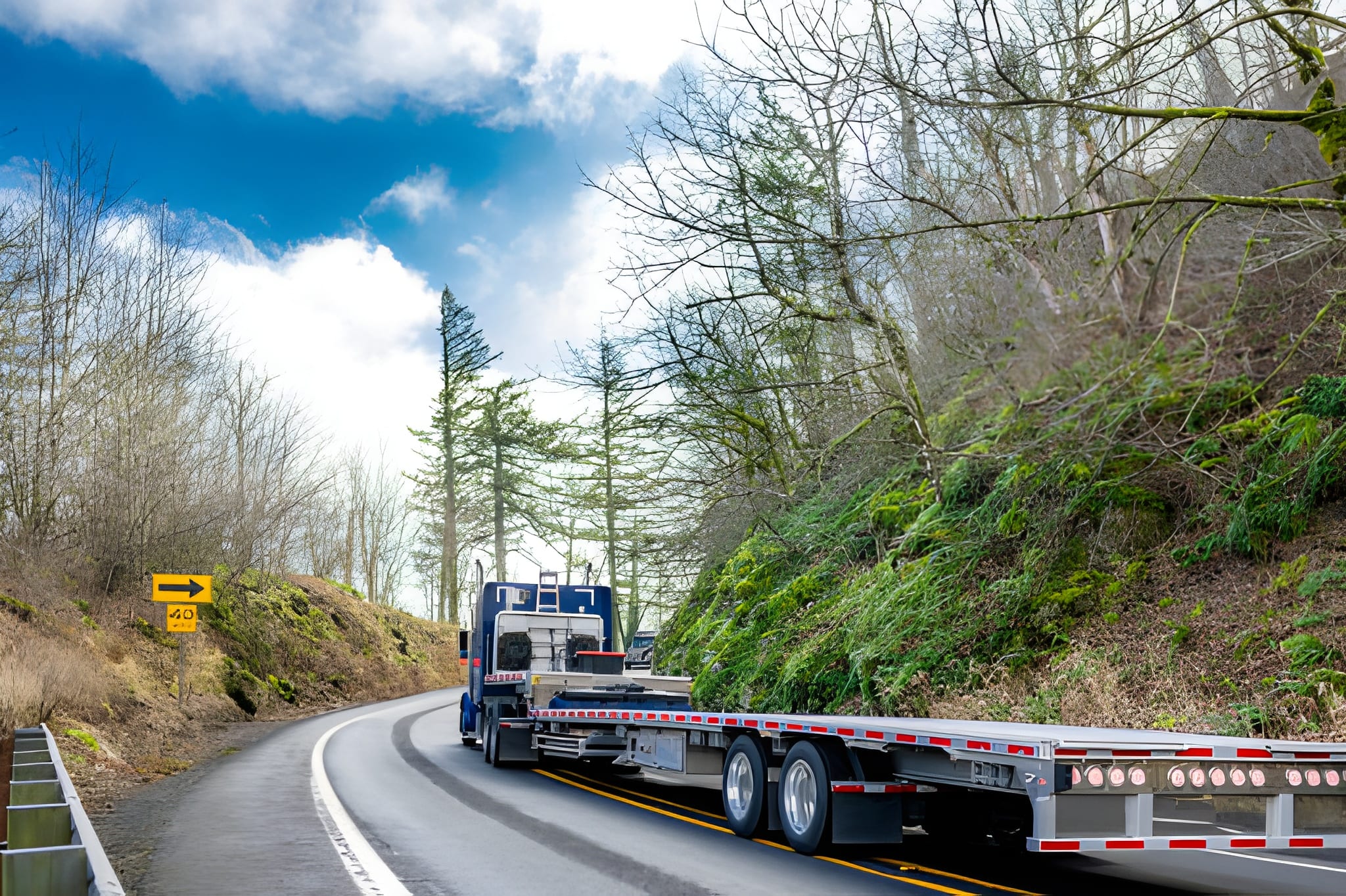
A step deck trailer, also often known as a drop deck trailer, is one of the most practical and used solutions in the freight industry to transport oversized loads. At first glance, it may appear to be a straightforward variation on a flatbed, but its design makes a world of difference. Unlike a standard flatbed trailer, which has one uniform deck, the step deck trailer has two deck levels, or decks: the upper deck and the lower deck. This “stepped” construction is what sets it apart and allows it to carry cargo that simply won’t fit on flatbeds.
The upper deck is shorter, which is right behind the tractor, further off the ground. However, usually the size ranges from 11 feet in length to 5 feet in height. Behind it is the lower deck, which is much longer – from about 37 to 43 feet in length – and is much closer to the ground (at just 3.5 feet high). This drop provides additional vertical space to haul tall freight without exceeding the overall load’s legal height limit of 13 feet 6 inches in most states in the U.S. (although regulations may differ depending on your location).
Step Deck Trailers Key Features
Upper Deck (Front Section) : Typically 11 feet in length, raised to about 5 feet. This is the best area for smaller or stackable cargo.
Lower Deck (Main Hauling Section ): Main load-bearing surface of 37-43 feet with a low sitting of about 3.5 feet from the ground, which is great for taller loads.
Deck Material: Made of high-strength steel or low-weight aluminium, depending on whether durability or lower weight of the trailer is the priority.
Cargo Accessibility: Step decks provide loading access from the sides, top, and rear, offering flexibility for cranes, forklifts, or drive-on machinery.
Load Capacity: These trailers are generally capable of hauling loads between 45,000 and 48,000 lbs, which makes them a go-to choice for heavy-duty equipment.
Why This Design Matters
This two-tiered structure is far more than just an ingenious bit of engineering – it’s a cost-effective, compliance-friendly solution for businesses. For example, if you’re moving an excavator, construction crane, or large industrial tank that stands taller than 8.5 feet, you would likely push your cargo over the legal height restriction if you decided to load it onto a flatbed. In that case, you’d need special oversize permits, which can be both expensive and time-consuming to get. A step deck trailer overcomes that issue by lowering the deck height so it provides the cargo with the clearance it requires while still not exceeding road regulations.
Additionally, because of its versatility, the step deck trailer isn’t just restricted to heavy equipment. Industries use them for a broad range of freight, including agricultural machinery, prefabricated steel structures, industrial turbines, vehicles, and industrial components for the energy sector.
In short, a step deck trailer is more than an “upgraded flatbed”-it’s a specialised tool designed for shippers who deal with oversized, tall, and heavy cargo regularly. Its smart design allows for a perfect balance between strength, flexibility, and compliance, making it one of the most reliable transport solutions in modern logistics.
How Do Step Deck Trailers Compare to Flatbed Trailers?
When it comes to the transport of freight, both flatbed trailers and step deck trailers are workhorses of the industry. At first, they may appear similar because they’re both open trailers that are designed for carrying oversized or heavy freight. However, due to their variations in design and functionality, they are suitable for different applications. Understanding these differences is a key part of everything you need to know about step deck trailer transport .
Side-by-Side Comparison:
| Feature | Flatbed Trailer | Step Deck Trailer |
| Deck Levels | Single, uniform height | Two levels (upper + lower) |
| Cargo Height Capacity | Up to 8.5 ft legally | Up to 10 ft legally (thanks to lower deck) |
| Loading Flexibility | Top, side, rear | Top, side, rear + ramps for drivable equipment |
| Best For | Lumber, pipes, steel coils, pallets | Heavy machinery, tall vehicles, turbines |
| Permit Requirements | More likely for tall cargo (permits often needed) | Fewer permits needed for tall cargo |
| Stability | Standard | Lower centre of gravity improves stability |
Practical Example:
Suppose you are required to transport an industrial generator of 9.5 feet in height. On a flatbed trailer, this is over the legal height limit of 8.5 feet for cargo, meaning you’d have to apply for special oversize permits, which is a lot of time and money. On the other hand, using a step deck trailer solves the problem right away: the lowered rear deck is used to let the generator sit safely within legal road limits (generally up to 13 feet 6 inches in most states), without the need for additional permits and compliance issues.
In the flatbed vs. step deck debate, flatbeds are still the better option when dealing with standard oversized cargo such as pipes, pallets and bundled construction materials. But if your freight is taller, bulkier or more intricate, a step deck trailer is the smarter, safer and often more cost-effective solution.
What Types of Cargo Are Best Suited for Step Deck Trailers?
A step deck trailer is not simply a modified flatbed trailer; it’s a specialised transport solution designed to transport freight that traditional trailers cannot. Its unique two-level design and added height allowance make it ideal for industries that handle massive, irregular or unusually tall cargo.
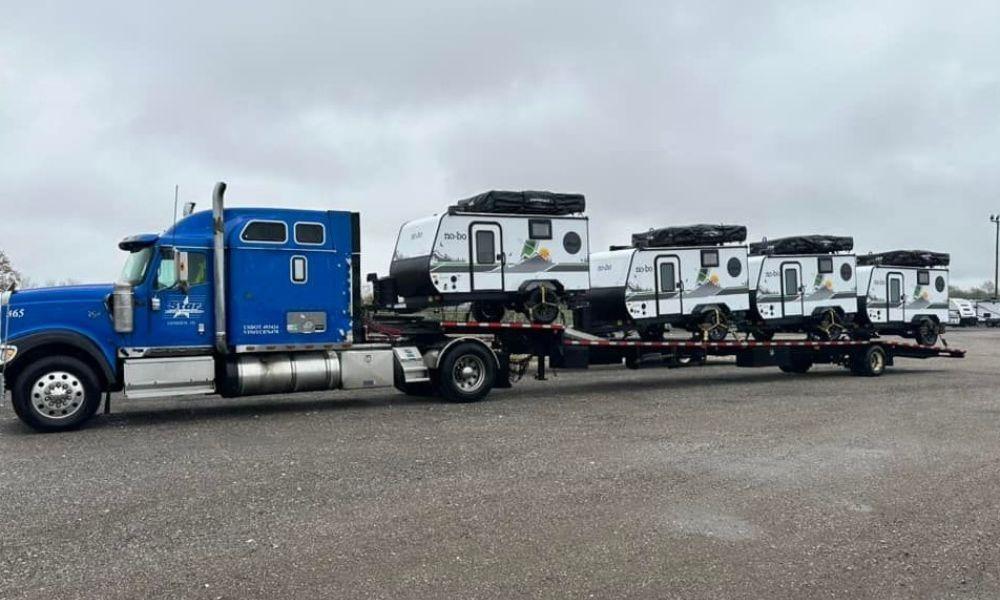
Common Cargo Examples:
- Heavy Machinery : Excavators, bulldozers, backhoes, cranes, and forklifts are classic examples of cargo too tall or heavy for standard trailers. A step deck trailer provides the clearance and strength needed to haul them safely.
- Agricultural Equipment : Farming equipment like tractors, sprayers, planters, and harvesters is bulky and often exceeds the dimensions of an enclosed trailer. Step decks are the go-to choice for moving them between farms or across states.
- Construction Materials : Oversized steel beams, concrete slabs, scaffolding, and prefabricated structures require wide, stable platforms for transport. A step deck provides exactly that, with the bonus of height clearance.
- Energy Sector Equipment : Renewable energy projects depend heavily on step decks for moving turbines, blades, transformers, and pipelines. Their ability to handle both oversized and heavy cargo makes them indispensable in this sector.
- Vehicles : From oversized trucks and buses to recreational vehicles (RVs) and specialty vehicles, step decks are commonly used when standard vehicle carriers aren’t suitable.
Industry Applications:
- Construction : Moving cranes, excavators, and other machinery from one job site to another.
- Agriculture : Transporting tractors and harvest equipment, particularly during planting or harvesting seasons when time is critical.
- Manufacturing : Delivering oversized engines, turbines, and heavy industrial parts that can’t fit in enclosed trailers.
- Energy : Relocating turbines, tanks, pipelines, and other essential equipment for oil, gas, and renewable energy industries.
Why Step Deck Trailers Stand Out:
The versatility of step decks means businesses save money on permits, avoid delays, and benefit from faster, safer loading and unloading. Whether it’s a single oversized load or recurring heavy shipments, the step deck trailer is a practical investment for efficient logistics.
If your freight is too tall for a flatbed but doesn’t need the full enclosure of a van trailer, a step deck is often the most logical choice . With the right trailer, you reduce risks, increase efficiency, and ensure compliance—three things every business values in modern freight transport.
What Are the Advantages of Using Step Deck Trailer Transport?
When it comes to moving oversized, tall, or heavy cargo, the step deck trailer is one of the most valuable assets in the modern logistics world. Unlike typical flatbeds, the step deck’s distinctive two-level design opens up a world of advantages for businesses across all industries. Here’s everything you need to know about step deck trailer transport in terms of its major advantages:
1. Hauling Taller Loads
The greatest benefit of a step deck trailer is that it can legally transport taller cargo. While a traditional flatbed is limited to about 8.5 feet in height, a step deck trailer, with its lowered rear deck, can get loads up to 10 feet tall without special oversize permits, too. This means that you can transport items such as industrial machinery, large vehicles or prefabricated structures more efficiently and cost-effectively. Avoiding permits not only saves money but also possible delays as well, making step decks the smarter choice for time-sensitive deliveries.
2. Enhanced Safety
Safety is a leading outstanding condition in freight transport, and the step deck trailer delivers. Its lower deck naturally lowers the centre of gravity, bringing a balance and a lower risk of tipping over, especially when carrying heavy equipment or unevenly shaped cargo. This improved stability enables drivers to have more control, even on difficult routes or challenging terrain, which in turn reduces the risk of accidents and cargo damage.
3. Flexible Loading Options
One of the most underrated benefits of step deck trailers is that they are compatible with multiple loading methods. Freight can be loaded on the side, top or from the rear, and the addition of ramps allows vehicles or machinery to be driven directly onto the trailer. For cargoes that require the use of cranes or forklifts, the open deck structure makes the process quick and efficient. This flexibility means reduced downtime at loading docks and improved turnaround times, which is a crucial element in certain industries such as construction and agriculture.
4. Reduced Costs
Every logistics manager knows that transportation costs can cut into profit margins rather quickly. By eliminating the requirement for an oversize permit in many cases, step deck trailers will help companies significantly reduce their costs. Additionally, the quicker loading and unloading process helps to save on labour costs and keeps the amount of time drivers spend waiting to a minimum.
5. Versatility Across Industries
From farming to manufacturing to renewable energy, step deck trailers are used in almost every industry. Farmers depend on them for operating tractors and harvesters; construction firms have them move cranes and excavators; manufacturers transport oversized engines and turbines; and energy companies use step decks for transporting pipelines, transformers and wind turbine blades. This broad spectrum of uses reflects their versatility, making them a go-to option for businesses that handle a diverse range of cargoes.
6. Durability and Long-Term Reliability
Step deck trailers are made tough – constructed of steel, aluminium or a combination of the two to endure heavy loads and long haul trips. Their design ensures they can carry weights of up to 45,000-48,000 pounds while maintaining structural integrity. This durability means that businesses can rely on them for repeated use without the worry of frequent breakdowns or costly repairs. In a world of logistics where reliability is everything, step decks present peace of mind and long-term value.
When comparing trailer types, one type always stands out: the step deck trailer’s ability to balance safety, cost efficiency, versatility, and durability. Whether you’re in construction, agriculture, energy, or manufacturing, step deck transport gets your cargo there safely, on time, and on budget. Simply put, step decks aren’t just another option when it comes to trailers – they’re a critical logistics solution for businesses moving oversized freight.
Step Deck Trailer Dimensions: Understanding the Size and Capacity
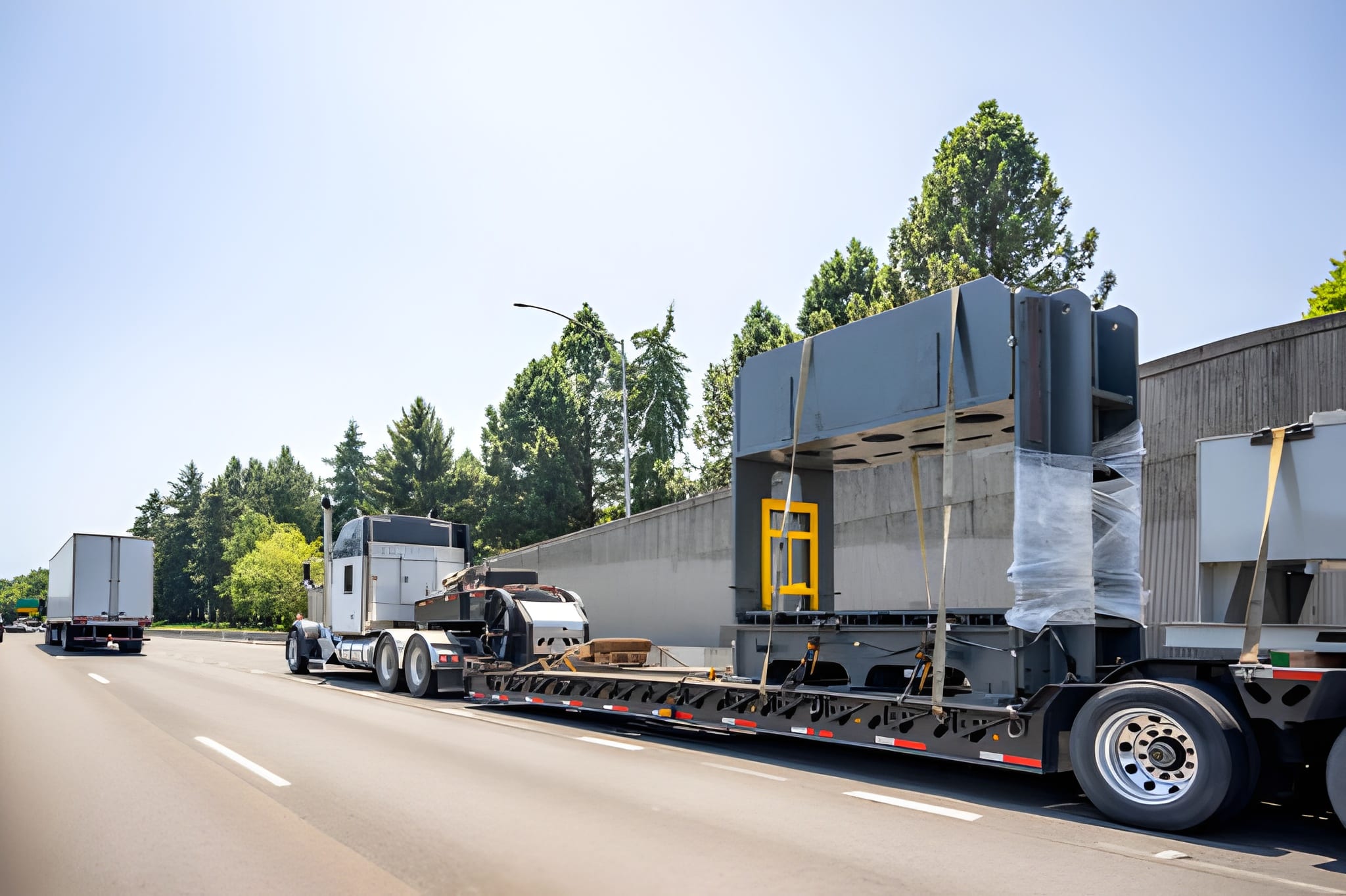
Planning freight transport without knowing accurate dimensions is like painting without a brush—it just won’t work. With a step deck trailer , precise measurements—deck heights, length, width, and weight capacity—determine whether your load travels legally, safely, and cost-efficiently. Typical step deck trailer sizes are designed to balance the ability to carry tall or oversized cargo while remaining within road regulations. The usual measures for step deck trailers are between 48 and 53 feet in overall length, which gives enough bed to haul large machinery, oversized steel beams, or long prefab modules. Width is generally 8 feet 6 inches (102 inches) , which is the legal maximum width for most U.S. roadways without needing special permits or escorts.
Deck height is where step decks truly shine. The upper deck—positioned just behind the tractor—often measures around 60 inches high from the ground. The lower deck, which is dropped close to the ground for better clearance, is around 42 inches high . The drop between decks (about 18 inches in many cases) gives crucial height clearance for freight that would otherwise exceed limits if placed on a uniform-height flatbed.
Load capacity is just as important as dimensions. The standard empty weight of step deck trailers, combined with their axle configuration (number of axles and frame strength), determines the total payload capacity. In general, these trailers can carry around 43,000–48,000 lbs , depending on the trailer type.
In terms of height, the legal cargo height for freight on the lower deck often reaches up to 10 feet , though this can vary from state to state based on local regulations. For shippers, this number serves as a crucial benchmark when planning shipments.
These step deck dimensions allow businesses to maximise cargo volume, avoid costly height-permit fees, and simplify both loading and route planning. When loads are properly planned with these specifications in mind, the risks of oversize citations, weigh station delays, or even cargo damage due to poor fit are significantly reduced.
Why Choose Transport Experts Inc. for Your Step Deck Trailer Transport Needs?
When it comes to transporting oversized freight, not all carriers are created equal. At Transport Experts Inc., we know that hauling with a step deck trailer isn’t just about getting from Point A to Point B – it’s about precision planning, compliance with road regulations and delivering peace of mind to our clients. That’s why businesses across construction, agriculture, energy, and manufacturing rely on us as their go-to logistics partner.
A Fleet Created for Every Challenge
We operate a large fleet of modern step-deck trailers , capable of carrying a wide variety of cargo. From compact agricultural tractors to huge industrial generators, our equipment makes sure your freight rides on the trailer that’s best suited to its dimensions and weight. With multiple step deck sizes available, we offer you the flexibility to reduce the risk of expensive delays.
Decades of Proven Expertise
Experience is the difference between a smooth haul and being stressed out. With decades of experience in the logistics industry, our team has worked with everything from wind turbine components to construction cranes. This hands-on expertise means that we anticipate challenges–tight delivery windows, special permits, unusual cargo shapes–and solve them before they affect your shipment.
Navigating Regulations With Ease
Height and weight restrictions can be a maze, especially when it comes to oversized freight. Our regulatory specialists have got every load in compliance with federal, state and local laws. By keeping ahead of requirements, we help you avoid fines, delays, and unnecessary permits, saving your business time and money.
Commitment To On-Time Delivery
We know that downtime is costly. Whether your shipment is headed to a construction site waiting on heavy machinery or a factory floor in need of critical components, delays can bring progress to a halt. That’s why we make punctual delivery a top priority without ever jeopardising safety. Our logistics planning tools, route optimisation and professional drivers see your cargo where it needs to go, right on time.
Safety Is Always First
Heavy and oversized loads require more than ordinary precautions—they require expertise in securement, handling, and transportation. At Transport Experts Inc ., every driver goes through advanced training, as every load is meticulously examined before hitting the road. Our utilisation of state-of-the-art tie-down systems, ramps, and securement techniques ensures your cargo remains stable and protected during its journey.
A Partnership You Can Rely On
Choosing Transport Experts Inc . means choosing more than a transport company you’re choosing a logistics partner that cares about your success. From the first quote to the final mile, our team works with you to ensure every detail is covered. Whether you’re moving a single oversized item or managing ongoing shipments, we provide the reliability, professionalism, and customer service you deserve.
If you’re searching for a dependable partner for step deck trailer transport , look no further. With our blend of fleet strength, decades of expertise, regulatory knowledge, and unwavering safety standards, Transport Experts Inc. delivers more than cargo—we deliver confidence.
So, whether it’s construction machinery, agricultural equipment, or specialised industrial components, trust the experts who know step decks inside and out. With us, your freight doesn’t just move — it arrives safely, legally, and right on time.
Frequently Asked Questions
A step deck trailer has two deck levels, allowing it to carry taller loads that can’t fit on a standard flatbed. In contrast, a flatbed trailer has a single deck level and less height clearance, making it better for standard-sized freight.
Step deck trailers are ideal for hauling bulky or tall freight such as heavy machinery, farm equipment, building materials, and construction components. Their lower deck height provides extra clearance for taller loads without exceeding legal height limits.
Most step deck trailers can haul up to around 48,000 pounds, though the exact capacity depends on the trailer’s specifications, axle configuration, and local transport regulations.
Yes, step deck trailers are designed specifically for over-dimensional or oversized cargo. Their lower deck height helps accommodate tall or irregularly shaped freight, often eliminating the need for special height permits.
A standard step deck trailer typically measures 48–53 feet in length and 8.5 feet in width, with deck heights ranging between 3.5 to 5 feet. These dimensions make them suitable for loads up to 10 feet tall while staying within legal road limits.
